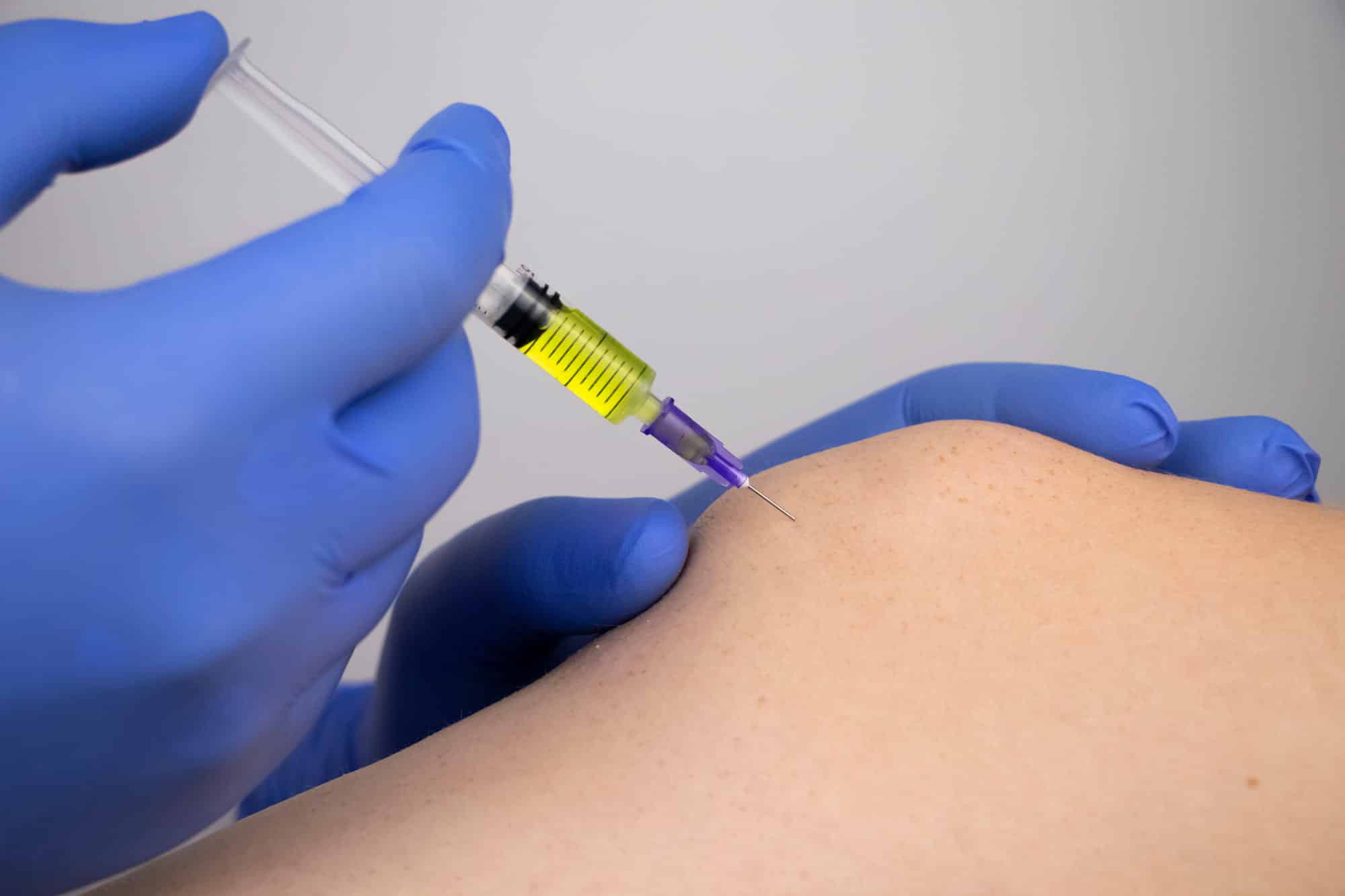When considering dermal filler treatment, result longetivty is an important factor to consider. Treatments that are long-lasting reduce the need for repeat injections and drives down the cost of the procedure. Unfortunately, how long a dermal filler lasts is not an easy question to answer. There are many factors at play, both external and intrinsic to the product and patient, that ultimately determine the outcome. To illustrate this point, this article will take a look at the longevity of the results of Juvederm Voluma, a volumizing filler.
Treating Age-Related Aesthetic Concerns
With age comes the formation of lines, wrinkles, and sunken or hollow areas on the face. These can be attributed largely to facial volume loss, where depleting levels of skin, fat, and bone coupled with increased skin laxity results in visible signs of aging. Dermal fillers are agents of soft tissue augmentation that are used to treat the volume loss that is the cause of age-related aesthetic defects. These types of treatments have become increasingly popular due to the fact that they are less invasive, less costly, and more convenient than surgical options. The ideal dermal filler is one that is able to provide natural, consistent results in a manner that is long-lasting but impermanent.
The most common dermal fillers are hyaluronic acid-based; these have a well-proven track record of effectiveness and safety. Hyaluronic acid is a naturally occurring sugar in dermal tissue that keeps skin hydrated and plump. An added advantage is that the effects of these fillers can be reversed with hyaluronidase, a feature that is useful in the treatment of complications.
Benefits of Juvederm Voluma
Juvederm Voluma is a dermal filler manufactured under the Juvederm brand by Allergan. Like all Juvederm products, Voluma is made of hyaluronic acid that is derived from bacteria. It was granted approval by the Food and Drug Administration (FDA) in 2013 for the correction of age-related volume loss in the midface area in adults, and it is the first injectable filler to gain FDA approval for this indication.
Juvederm Voluma is manufactured using Vycross Technology, a patented process that efficiently cross-links high and low molecular weight hyaluronic acid molecules. This unique manufacturing process allows the filler to have the desirable properties of both high and low molecular weight gels. For example, this gel has the malleability associated with low molecular weight hyaluronic acid gels together with the high cohesivity normally associated with high molecular weight hyaluronic acid gels.
Of the three Juvederm products currently made using Vycross Technology—Voluma, Volbella, and Vollure—Juvederm Voluma is the thickest and most firm formulation, giving it superior lift and support capabilities. Therefore, this filler is suitable for treating areas with substantial volume loss, where it can be injected deeply under the skin to volumize and firm the atrophied area. Practitioners use Voluma to provide what is termed a “liquid facelift,” which involves injecting it into the cheeks to rejuvenate and enhance the face for a more youthful appearance. Voluma is also used to shape and enhance facial elements like the nose, brow area, and chin.
Factors that influence the duration of effects include the following:
- Treatment area: in general, the duration of effects of a filler will vary on the basis of the area it was used to treat. Filler placed in facial areas with high levels of muscle movement, such as the lips, will have a shorter duration of effect than filler used in static facial areas, such as the tip of the nose. In regions of high mobility, the filler is subjected to more stress and compression/stretching forces. This accelerates the mechanical breakdown of the filler and causes it to be metabolized more rapidly.
- Injection volume: smaller amounts of filler result in a shortened duration of effect.
- Properties of the filler: hyaluronic acid, in its native form, rapidly degrades in the body. To counteract this, the hyaluronic acid in dermal fillers has been chemically modified via cross-linking in order to make it last longer in the body. The degree to which the hyaluronic acid molecules have been modified impacts the durability of the product when implanted in the skin. Generally, the more highly cross-linked the hyaluronic acid, the longer the effects.
- Intrinsic factors: the patient’s lifestyle, habits, skin type, and genetics all influence the rate at which the filler is metabolized by the body and, by extension, how long the filler is retained in the skin.
- Injector experience and technique: how the injection was performed plays a major role in the overall clinical effects, including the duration of effects. That’s why it is very important for patients to choose a board-certified doctor that has experience working with the filler and using it in similar procedures.
Duration of effects of Juvederm Voluma
The duration of Voluma’s effects will vary from patient to patient, according to the factors listed above and the area being treated. In the midface area, Juvederm Voluma has been shown to provide clinical effects for as long as two years after treatment. Additionally, other studies concluded that the results can last up to 18 months or more.
Conclusion
Juvederm Voluma is one of the longest-lasting hyaluronic acid dermal fillers currently available, with results that can last for up to two years. Factors related to the facial region, injector, filler used, and the patient will influence the length of time the filler resides in the treatment area.









